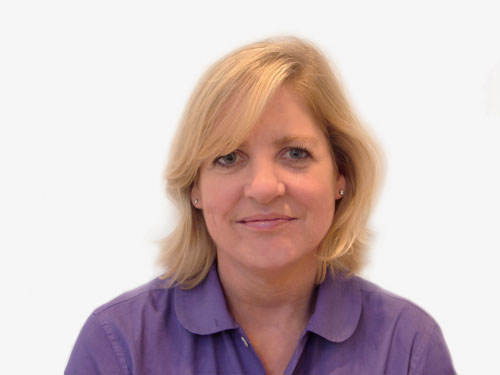Planning for a brighter future

By embedding planning into their business model, design groups can better serve their clients – just like ad agencies do, says Katie Lancaster
Having joined Blue Marlin Brand Design four months ago, after nearly 15 years as a planner in advertising, it is intriguing to reflect on the growing role of planning in a design group. Should I revise long-held views, or simply ‘copy and paste’ them from one industry to the other?
If we start with the premise that we live in a branded world, where everything is consciously created with an identity, then one of the principal roles of planning in any creative discipline is to act as the go-between between consumer and brand.
In addition, if we accept that consumer purchases are based primarily on emotional criteria, then from the consumer’s perspective, this means easing their path through the clutter to take them to the right brand.
From the brand’s perspective, it means transforming external complexities into simple nuggets, to improve differentiation.
Then, regardless of whether the nugget in question is a simple product truth or a market insight, and regardless of the size of the project, ultimately the role of planning is as a means to a common end: to inspire creative excellence and create a point of difference.
That said, planning in a design group holds some differences. Three key ones spring to mind.
The first is variety, particularly with new business: because design groups tend towards a project-based, rather than retainer-based business model, there is a constant flow of new business opportunities to deal with and convert. The higher number of pitches become absorbed into the rhythm of daily life, rather than set the pace, as they can in advertising.
In addition, the different speed of new business activity in design means getting your head around new areas more quickly. Strategic thinking has been done beforehand, so the planner’s role is often more specific and focused on reframing issues in a visual context, rather than a rhetorical one.
The second key difference is the range of strategic involvement you encounter as a planner in design. Since joining Blue Marlin, I have been involved in projects ranging from the creation of a brand to product extension and design contemporisation of a market leader.
This breadth of exposure is refreshing, and the need for a broader strategic skill is stimulating. But it does mean that the level of strategic involvement is less predictable – an idea can be no more than a twinkle in the client’s eye, or sometimes input is a later case of converting existing thinking into design.
The third difference is the ‘rugby not relay’ approach that typifies Blue Marlin’s creative development process. This is due to the close involvement of the designers, who are right up front at the start of a project, rather than simply when creative input is required. To be fair, many ad agencies aspire for creatives to be involved from the outset of a project.
However, either because of size or mentality, in the design creative process there is far more blurring of roles – and almost a complete absence of baton passing.
At Blue Marlin, while planners retain strategic ownership of a project, designers are actively involved from the start. Hence we have had designers act as ethnographers, strategy consultants and workshop facilitators, alongside their day jobs.
It is this merging of disciplines that best highlights the way forward for planning, and how it can benefit both consultancies and clients. As the digital age accelerates the closer collaboration of disciplines and skill sets, what your consultancy thinks will become just as – if not more – important than what your consultancy does.
And, as the media landscape continues to fragment and marketing budgets are stretched, design – particularly in the area of fmcg packaging – becomes an even more attractive investment; one where the medium is simultaneously the message.
Therefore, design groups with a deeply embedded planning function – an intense strategic understanding and insight into their client’s brand that inspires creative excellence – could arguably be the best- placed companies to serve their clients’ overall needs.
Katie Lancaster is planning director at Blue Marlin Brand Design
Setting up a planning team
• The role of planning is to inspire creative excellence and create a point of difference for a brand
• Strategic insight and understanding is no longer the sole prerogative of advertising agencies
• Close collaboration between designers and planners improves the creative output
• Embedding planning across the consultancy will deliver increased benefits for clients
• Planning delivers a competitive advantage for creative businesses selling strategic thinking
-
Post a comment




